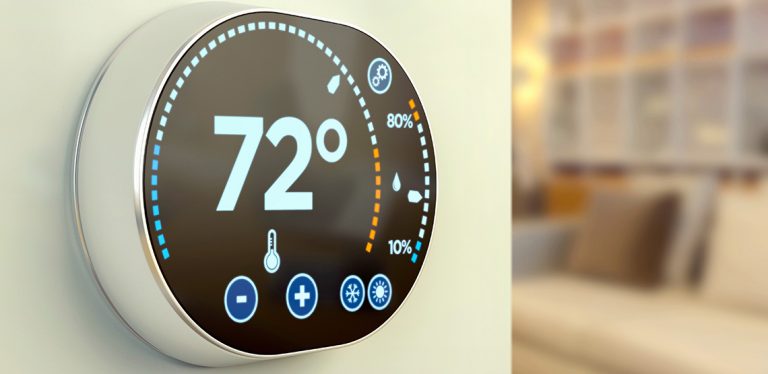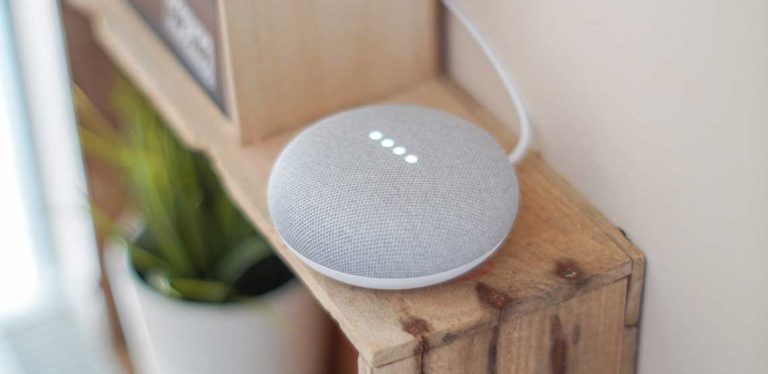Is a Smart Thermostat Right for You?
If you’re thinking of buying a new thermostat, there are several factors that will go into that decision. While on that mission, you will inevitably come across one person or another arguing either for or against smart thermostats.
They are some of the most popular smart home appliances today thanks to their purported ability to save you hundreds of dollars in electricity bills. Below are the kinds of people most likely to benefit from a smart thermostat and what features this Internet of Things device offers.
What Can a Smart Thermostat Do That Regular Ones Can’t?
Old school thermostats are pretty great to have because of their simplicity. It’s a central control panel for everything heating and aeration in your home.
With the advent of modern trends, programmable ones are quite common — they adjust the heating or air conditioning in your home depending on the time of the day. That may seem pretty ‘smart’ to the average user, but they pale in comparison to what newer technology has to offer.
Smart thermostats learn from your behaviors. How frequently you change the temperatures during the initial days of owning one will inform the internal device mechanism what you like.
With time, it will have enough data on you that you won’t even have to adjust the temperature yourself anymore. They even show you the amount of energy they are consuming in real-time.
What’s So Great About Owning a Smart Thermostat?
As with most smart devices, the greatest value a smart thermostat offers is convenience. It fills the same role as traditional devices, only involving a lot less intervention from you. There is the aspect of saving cash in terms of electricity bills monthly, but more on that in a short while.
Smart thermostats are like programmable thermostats with a cherry on top. For instance, you can tell them to shut themselves off when you leave the house for work. This works via a geofencing feature, which detects when you leave a certain imaginary perimeter it sets up around your house.
Once you get within range, it will immediately crank up the heat again, welcoming you to a nice, toasty house. Additionally, they also show you the amount of time it will take to heat up your house to the requested temperature.
Who Will Save Money with a Smart Thermostat?
Not all technology is built equally. The benefits any device provides is only as substantial as the person using the device. In other words, not everyone is going to benefit from having a smart thermostat. It may just leave a big dent in your pocket with no added benefits.
The following are groups of people that will definitely benefit from having a smart thermostat within their homes.
- Those who want to keep tabs on exactly how much money it costs to heat each room of their house each month.
- People who are fairly adept with modern technology and are comfortable navigating normal apps.
- People who aren’t often home but still want to be in control of their thermostats while on the move.
- Those who want to save themselves the need to adjust the temperature when it gets too hot or too cold in winter since the device can do the adjustment on its own.
You May Also Like:
Related Search Topics (Ads)
Who May Not Benefit from Having a Smart Thermostat?
The benefits of having a smart device within the home are definitely not going to be felt evenly among all generations of technology lovers.
For some people, having one may actually be more adverse than having a simple programmable thermostat. The following kinds of people likely won’t feel any added benefit of having a smart thermostat.
- Generally forgetful people. However, this depends on the model of the device since some can turn themselves off when certain actions are taken. When linked up with apps like IFTTT, they are even more powerful.
- Anyone planning on moving to a new property within the next two years won’t have enough time to gain back the cost of installing a smart thermostat within their home. They are better off installing it on the new property.
- If your property is not properly insulated, you’re better off improving the energy efficiency before installing a smart thermostat.
Smart Thermostat Brands to Consider Buying
Google Nest
The Google Nest is a premium thermostat that came into the market a bit late, but like most things Google, it rattled up the space quite a bit. From the unique design taking a cue from traditional thermostats and Google’s famous use of algorithms, it was quite an interesting addition to the line-up.
Where Google truly reigns is how advanced their machine learning systems are. No other device gets anywhere close to predicting the settings you will want at a certain time and automatically scheduling your Home and Away settings.
Not surprisingly, it works amazingly with Google’s similarly excellent Google Assistant and Amazon Alexa. It’s available on both Android and iOS.
Ecobee3 Lite
The Nest’s biggest downside is the price tag. For those concerned about that, the Ecobee3 should take care of all your worries. It’s an entry-level thermostat with premium features and a sleek, elegant design.
The app is available on both Android and iOS and can be used to control your smart thermostat even when you’re away from home. For the noticeable dip in price, it lacks in-built temperature and proximity sensors, but these can be bought separately.
The device works surprisingly well with a larger range of devices than Google’s own Nest, too! It plays nice with Wink, Samsung’s SmartThings, Apple HomeKit, Google Assistant and Amazon Alexa.
The Bottom Line
Smart thermometers come with quite a number of benefits and a few downsides — most notably, the price. Additionally, they may not fit the bill for everyone’s requirements of a new, fancy technological device, so some amount of caution should be exercised when deciding to get a new one.
If used improperly, they may end up costing you more money than a simple, programmable thermostat may have cost to begin with.

